PPT-ARMED STRUGGLE
Author : phoebe-click | Published Date : 2016-07-04
Week Six I The Winds of Change A Blew from West to East and then South B But blocked at the Zambezi River II Resistance to Independence came from settler colonies
Presentation Embed Code
Download Presentation
Download Presentation The PPT/PDF document "ARMED STRUGGLE" is the property of its rightful owner. Permission is granted to download and print the materials on this website for personal, non-commercial use only, and to display it on your personal computer provided you do not modify the materials and that you retain all copyright notices contained in the materials. By downloading content from our website, you accept the terms of this agreement.
ARMED STRUGGLE: Transcript
Download Rules Of Document
"ARMED STRUGGLE"The content belongs to its owner. You may download and print it for personal use, without modification, and keep all copyright notices. By downloading, you agree to these terms.
Related Documents




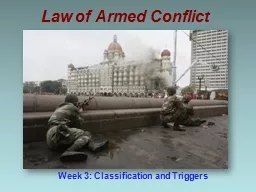


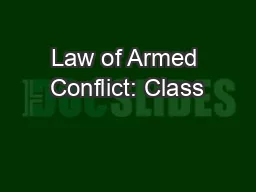
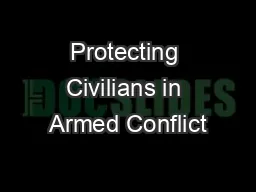

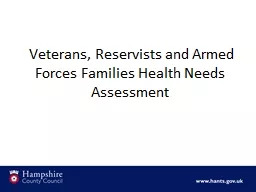

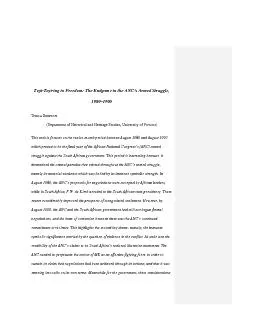
![Download Book [PDF] Texas vs. California: A History of Their Struggle for the Future of](https://thumbs.docslides.com/1019120/download-book-pdf-texas-vs-california-a-history-of-their-struggle-for-the-future-of-america-a.jpg)
